As much as any vehicle in America, the station wagon came to symbolize the post-World War II economy and the growth and gradual suburbanization of the American middle class. While station wagons from Ford had a utilitarian touch to them the Mercury station wagons were more luxurious and generally better equipped. Ford owned its own vast woodlands in northern Michigan, the Iron Mountain forests. Old growth hardwood was harvested by Ford’s own workers, hauled to Ford’s mill on Ford’s railroad and milled, dried and processed there. Ford’s Iron Mountain facility had taken responsibility for building complete station wagon bodies in September 1939 with the introduction of the 1940 models and rapidly proved both its efficiency and quality. The volume was never large (13,199 in 1940 and 15,601 in 1941) but it made up for the almost complete absence of wood in other Ford bodies and station wagon production had grown by a factor of three since the mid-Thirties, giving the Iron Mountain community steady work and generating a return on Ford’s investment in the forests and facility. The station wagons’ popularity exemplified the shift in Ford’s customer base to more affluent customers who needed vehicles to suit a variety of commercial and personal leisure time activities. Iron Mountain thrived on the work, including a number of station wagons built during 1940 and 1941 for the Canadian and British military. Their carrying capacity, reliability and multiple-function utility proved ideal in support of military operations. A number were fitted with low pressure balloon tires and served with distinction with British forces in North Africa. After World War II Iron Mountain set aside its war work – building the Waco Aircraft Company designed CG-4A cargo glider that carried troops and equipment on aerial assault operations. The focus was now returned to building station wagons and the Mercury was the pride and joy of Iron Mountain. Quantities were never large. Only 3,448 were built in 1947, compared with over 16,000 Fords. One of the 1947 Mercury station wagons is the lovely example offered here, a car that was so beloved by the family that bought it new that they repurchased it and have carefully and sympathetically preserved it ever since. Sold new to the selling family who lived on Boston’s South Shore, the Mercury was sold sometime in the Fifties. The family kept their eyes on it, however, and when the second owner decided it was time to sell in the Seventies the original owner’s family bought it back. It has never been restored, but has been carefully preserved, with regular attention to its wood as the Mercury owner’s manual suggested. Fitted with three seats, accommodating up to eight passengers, its body wood is all the original old growth Iron Mountain hardwood framing. There is little or no water staining. The interior is original except for the front seat covering which has been replaced. Indicative of how carefully the Mercury has been looked after, however, is the fact that they retained the original front seat leather when recovering the seat and it comes with the car. The composition roof covering was replaced in the Fifties with the Beige fabric that still covers the roof. It was so carefully done that there is no evidence of water inside the wagon’s body at all. Even the wood graining on the dashboard is original to the car. It is equipped with hub caps and wheel trim rings as well as a set of wide whitewall tires that sparkle under the black paint – which may be original as well. There is a radio and heater. All the chrome is original. The 100 horsepower 239 cubic inch flathead V8 runs well and with the characteristic exhaust note that marks the flathead. It is reported to drive “fine.” The 1947 Mercury is visually distinguished from its Ford siblings by handsome chrome and stainless steel trim and a wide, imposing grille. Finished in black with a red interior, there is no mistaking the Mercury for anything other than an emble
As much as any vehicle in America, the station wagon came to symbolize the post-World War II economy and the growth and gradual suburbanization of the American middle class. While station wagons from Ford had a utilitarian touch to them the Mercury station wagons were more luxurious and generally better equipped. Ford owned its own vast woodlands in northern Michigan, the Iron Mountain forests. Old growth hardwood was harvested by Ford’s own workers, hauled to Ford’s mill on Ford’s railroad and milled, dried and processed there. Ford’s Iron Mountain facility had taken responsibility for building complete station wagon bodies in September 1939 with the introduction of the 1940 models and rapidly proved both its efficiency and quality. The volume was never large (13,199 in 1940 and 15,601 in 1941) but it made up for the almost complete absence of wood in other Ford bodies and station wagon production had grown by a factor of three since the mid-Thirties, giving the Iron Mountain community steady work and generating a return on Ford’s investment in the forests and facility. The station wagons’ popularity exemplified the shift in Ford’s customer base to more affluent customers who needed vehicles to suit a variety of commercial and personal leisure time activities. Iron Mountain thrived on the work, including a number of station wagons built during 1940 and 1941 for the Canadian and British military. Their carrying capacity, reliability and multiple-function utility proved ideal in support of military operations. A number were fitted with low pressure balloon tires and served with distinction with British forces in North Africa. After World War II Iron Mountain set aside its war work – building the Waco Aircraft Company designed CG-4A cargo glider that carried troops and equipment on aerial assault operations. The focus was now returned to building station wagons and the Mercury was the pride and joy of Iron Mountain. Quantities were never large. Only 3,448 were built in 1947, compared with over 16,000 Fords. One of the 1947 Mercury station wagons is the lovely example offered here, a car that was so beloved by the family that bought it new that they repurchased it and have carefully and sympathetically preserved it ever since. Sold new to the selling family who lived on Boston’s South Shore, the Mercury was sold sometime in the Fifties. The family kept their eyes on it, however, and when the second owner decided it was time to sell in the Seventies the original owner’s family bought it back. It has never been restored, but has been carefully preserved, with regular attention to its wood as the Mercury owner’s manual suggested. Fitted with three seats, accommodating up to eight passengers, its body wood is all the original old growth Iron Mountain hardwood framing. There is little or no water staining. The interior is original except for the front seat covering which has been replaced. Indicative of how carefully the Mercury has been looked after, however, is the fact that they retained the original front seat leather when recovering the seat and it comes with the car. The composition roof covering was replaced in the Fifties with the Beige fabric that still covers the roof. It was so carefully done that there is no evidence of water inside the wagon’s body at all. Even the wood graining on the dashboard is original to the car. It is equipped with hub caps and wheel trim rings as well as a set of wide whitewall tires that sparkle under the black paint – which may be original as well. There is a radio and heater. All the chrome is original. The 100 horsepower 239 cubic inch flathead V8 runs well and with the characteristic exhaust note that marks the flathead. It is reported to drive “fine.” The 1947 Mercury is visually distinguished from its Ford siblings by handsome chrome and stainless steel trim and a wide, imposing grille. Finished in black with a red interior, there is no mistaking the Mercury for anything other than an emble
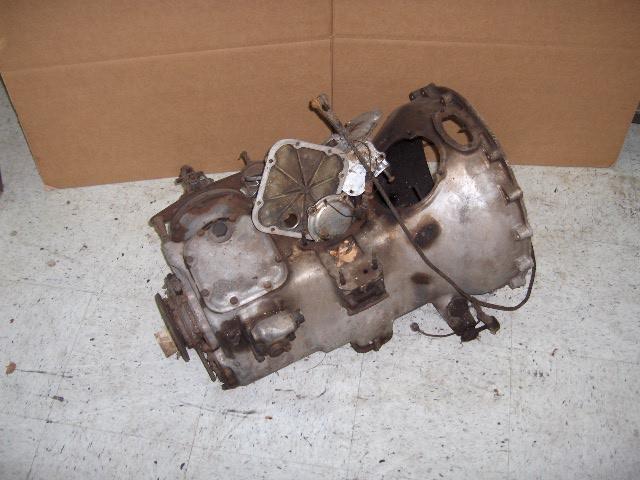
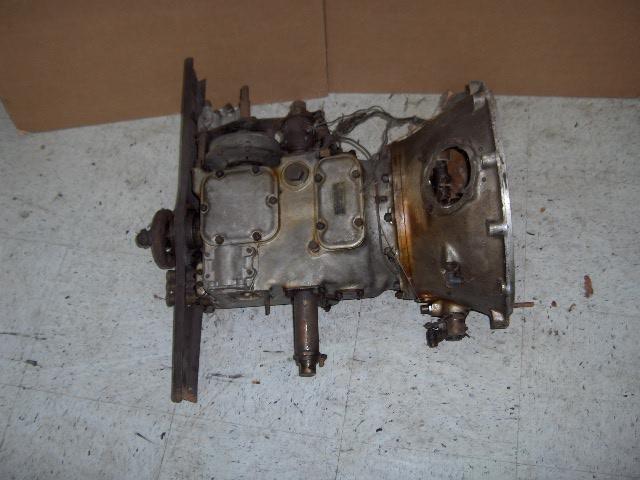

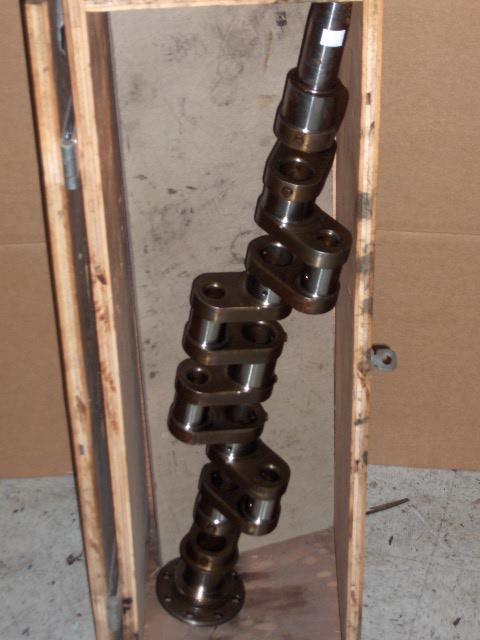
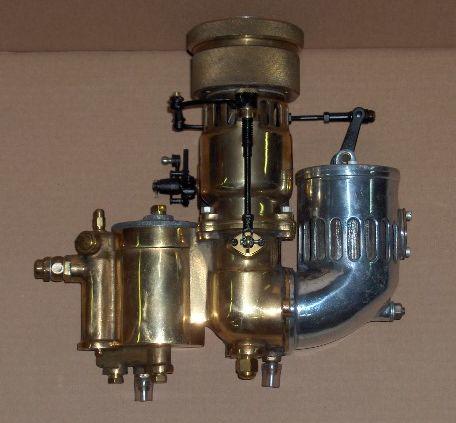
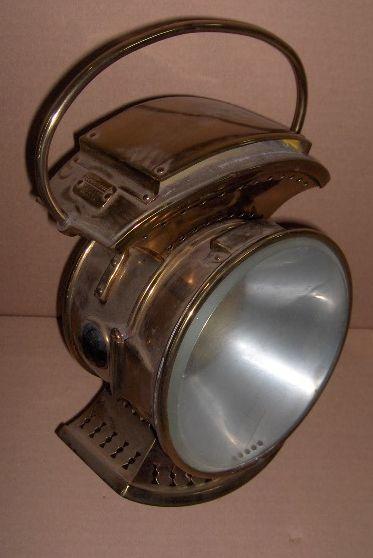
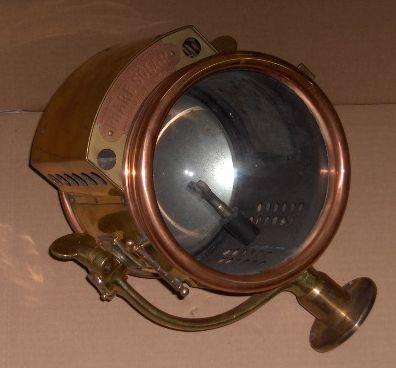
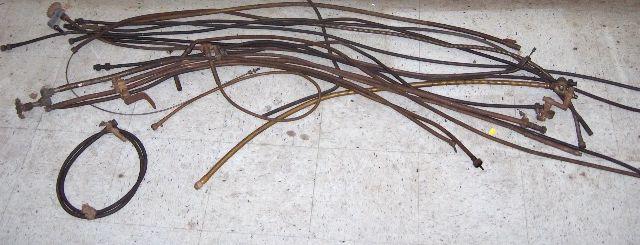
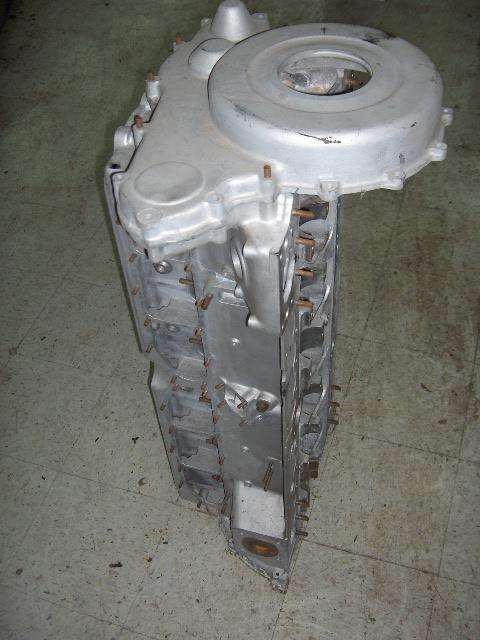
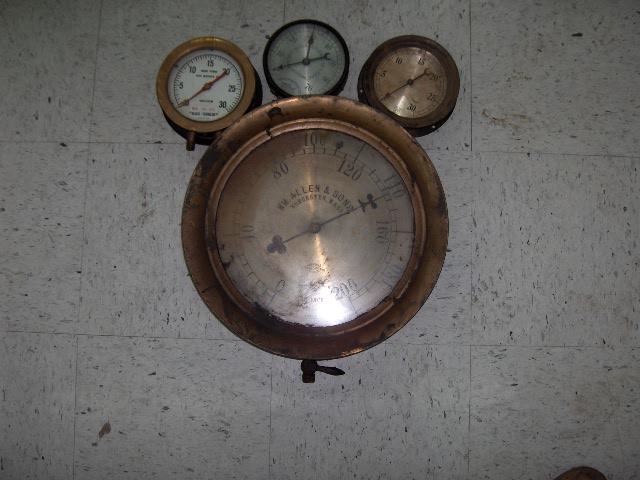
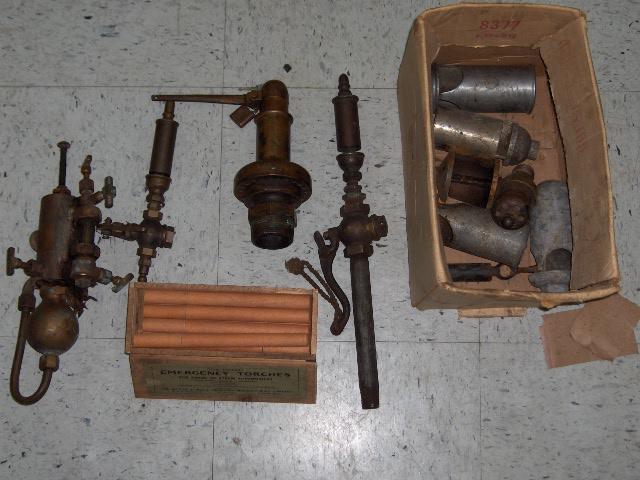


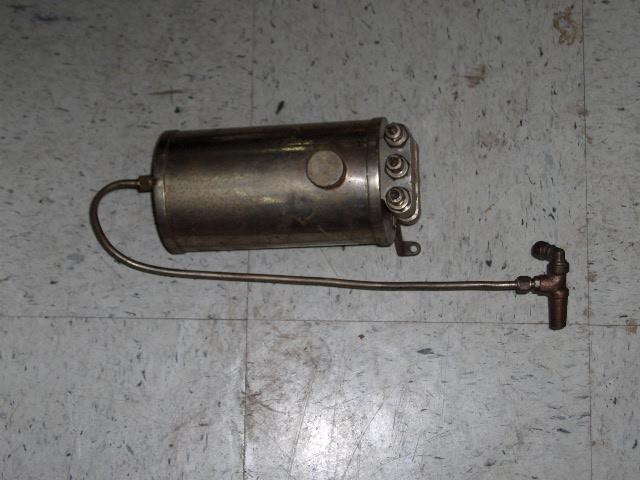
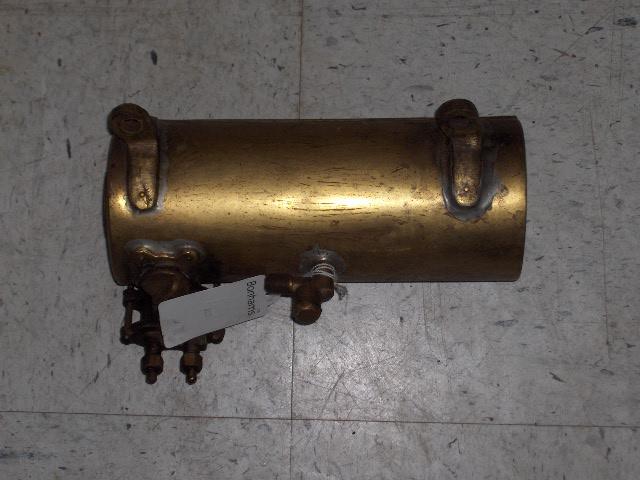
Try LotSearch and its premium features for 7 days - without any costs!
Be notified automatically about new items in upcoming auctions.
Create an alert